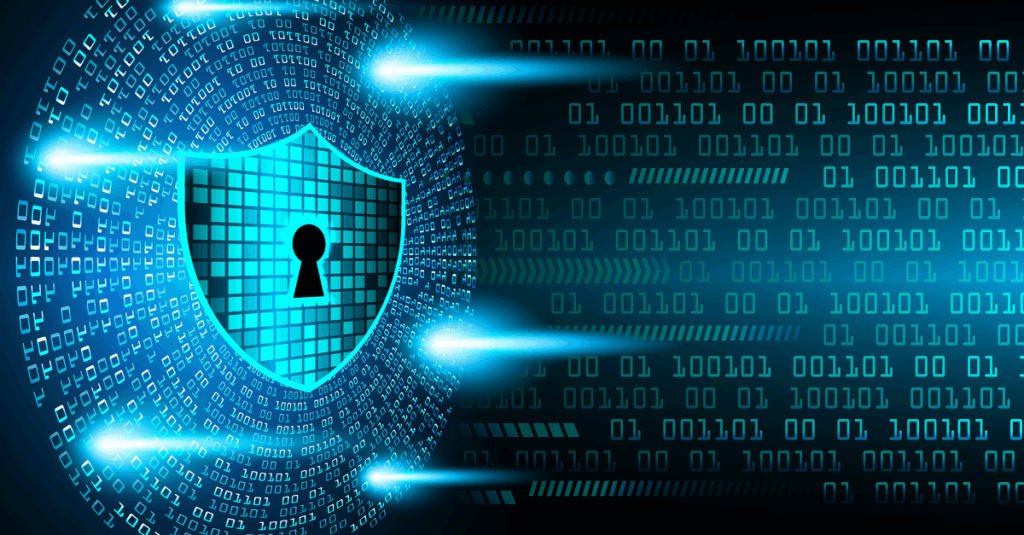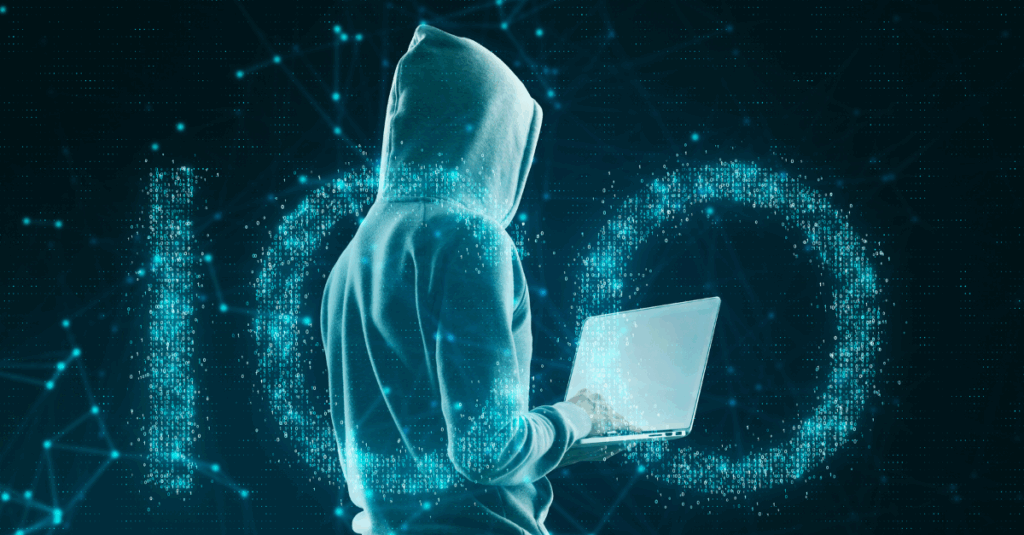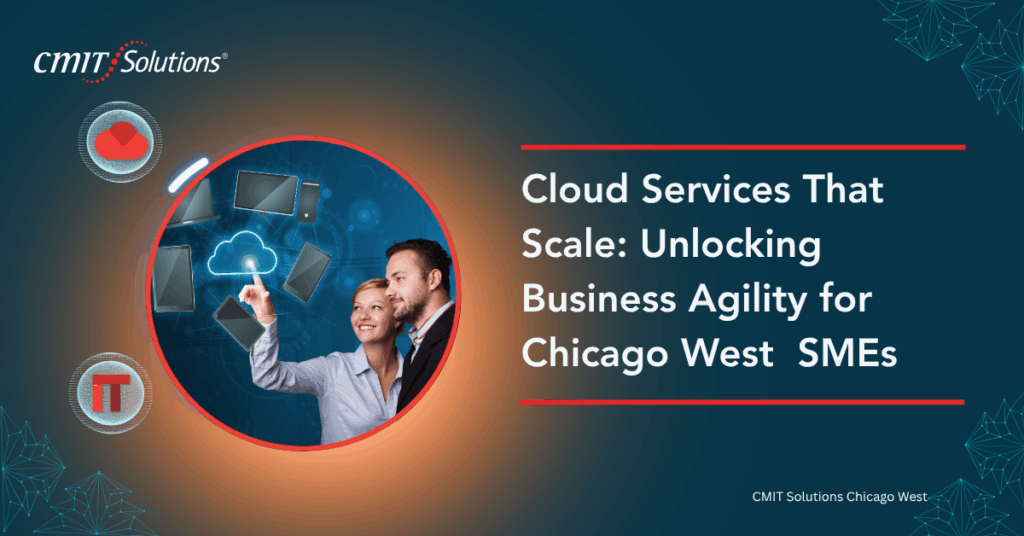Introduction: The Urgency of Cyber Preparedness
In today’s interconnected world, cyberattacks have evolved from rare, isolated incidents into a constant threat. For businesses in Chicago West, the stakes are higher than ever. Whether it’s ransomware, phishing, or insider threats, attacks can cripple operations, compromise sensitive data, and cause irreversible reputational damage. The question is no longer if your business will face a cyber threat, but when. Proactive preparation, robust infrastructure, and informed employees are the keys to resilience. Learn how cloud-based scalability supports secure growth in this context.
What Is Cyberattack Preparedness?
Cyberattack preparedness refers to the policies, technologies, and strategies that businesses put in place to detect, prevent, and recover from security breaches. It’s a holistic approach that combines emerging IT infrastructure innovations, user training, compliance alignment, and rapid incident response. The goal is to minimize downtime, protect assets, and maintain client trust even in the face of a sophisticated attack. Leveraging modern managed IT frameworks strengthens this readiness.
Understanding the Threat Landscape
Threats today are not limited to large corporations. SMBs in Chicago West are just as likely to be targeted because attackers know these businesses often lack enterprise-level defenses. Trends from the latest cybersecurity forecasts show an increase in phishing-as-a-service, AI-powered malware, and ransomware targeting hybrid workforces. Case studies in digital transformation strategies reveal the importance of proactive defenses.
Strengthening Endpoint Security
Endpoints—laptops, smartphones, and IoT devices—are often the weakest links. Deploying advanced endpoint protection, multi-factor authentication, and regular patching is essential. Applying strategies from HIPAA-compliant IT solutions ensures both security and compliance, especially for businesses handling sensitive data. Businesses also benefit from construction-focused IT services when securing diverse device fleets.
Implementing Secure Collaboration Tools
Collaboration platforms are prime attack vectors if left unsecured. Businesses can mitigate these risks by adopting UCaaS security practices, encrypting communication channels, and integrating single sign-on for seamless yet safe access. Secure communication models from local MSP strategies further enhance safety.
Data Backup and Recovery Strategies
A strong data backup plan ensures that even if an attack compromises your systems, you can restore operations quickly. Combining local backups with cloud services that scale provides redundancy and flexibility. Integrating AI-powered productivity tools can also help automate backup verification.
Employee Cybersecurity Training
Human error remains a leading cause of breaches. Ongoing training helps employees recognize phishing emails, avoid suspicious downloads, and follow best practices. Leveraging AI productivity applications can automate certain security checks and reduce reliance on manual vigilance. Alignment with compliance-ready processes is essential.
Partnering with Local MSPs
Partnering with a trusted managed service provider ensures continuous monitoring, threat detection, and compliance alignment. Many Chicago West businesses have found value in choosing local MSPs over big-box IT for personalized, responsive service. Their knowledge supports strategic IT planning that integrates security from the ground up.
Building a Response Plan
A detailed incident response plan is the foundation of cyber resilience. It should include:
- Clear communication protocols – Establish an internal and external communication chain to prevent misinformation.
- Defined roles and responsibilities – Assign specific tasks to team members for rapid execution during an incident.
- Technical containment procedures – Outline steps to isolate affected systems and block ongoing attacks.
- Legal and compliance guidance – Prepare steps for meeting regulatory reporting requirements.
- Public relations strategy – Develop messages for stakeholders, customers, and media to maintain trust.
- Regular simulations and drills – Test the plan quarterly to find and fix weaknesses.
Insights from the 2025 digital transformation playbook stress the importance of integrating security into all business functions. Adopting modern IT efficiency models ensures the plan evolves with technology.
Continuous Compliance Management
Regulatory compliance is not static—it evolves alongside threats. Proactively addressing IT compliance challenges helps businesses avoid penalties while strengthening their security posture. Drawing from HIPAA-related practices can enhance compliance frameworks.
Conclusion: Act Now, Stay Ahead
The time to prepare for the next cyberattack is now. By leveraging advanced tools, training employees, and forming strategic partnerships, Chicago West businesses can create a resilient IT environment. For long-term security and efficiency, invest in strategies that combine prevention, detection, and recovery, ensuring your business remains operational and competitive no matter what the digital threat landscape brings.






